11:12, May 13, 2024
BHG - Carbon credit (carbon) is a generic term for a tradable credit or permit representing 1 ton of carbon dioxide (CO2) or an amount of another greenhouse gas equivalent to 1 ton of CO2. The trading of CO2 emissions or carbon trading on the market is done through credits. The carbon market originated from the United Nations Kyoto Protocol on climate change, adopted in 1997.
Forest carbon credits are credits generated from greenhouse gas (GHG) emission reduction project activities including: Reducing deforestation and forest degradation (REDD+); enhancing sinks from afforestation, reforestation and revegetation (ARR), and enhanced forest management (IFM).
Carbon markets have been promoted by the international community as one of the effective financial mechanisms to reduce emissions from deforestation and forest degradation, protect forests and enhance carbon stocks from other carbon sinks such as peatlands and wetlands.
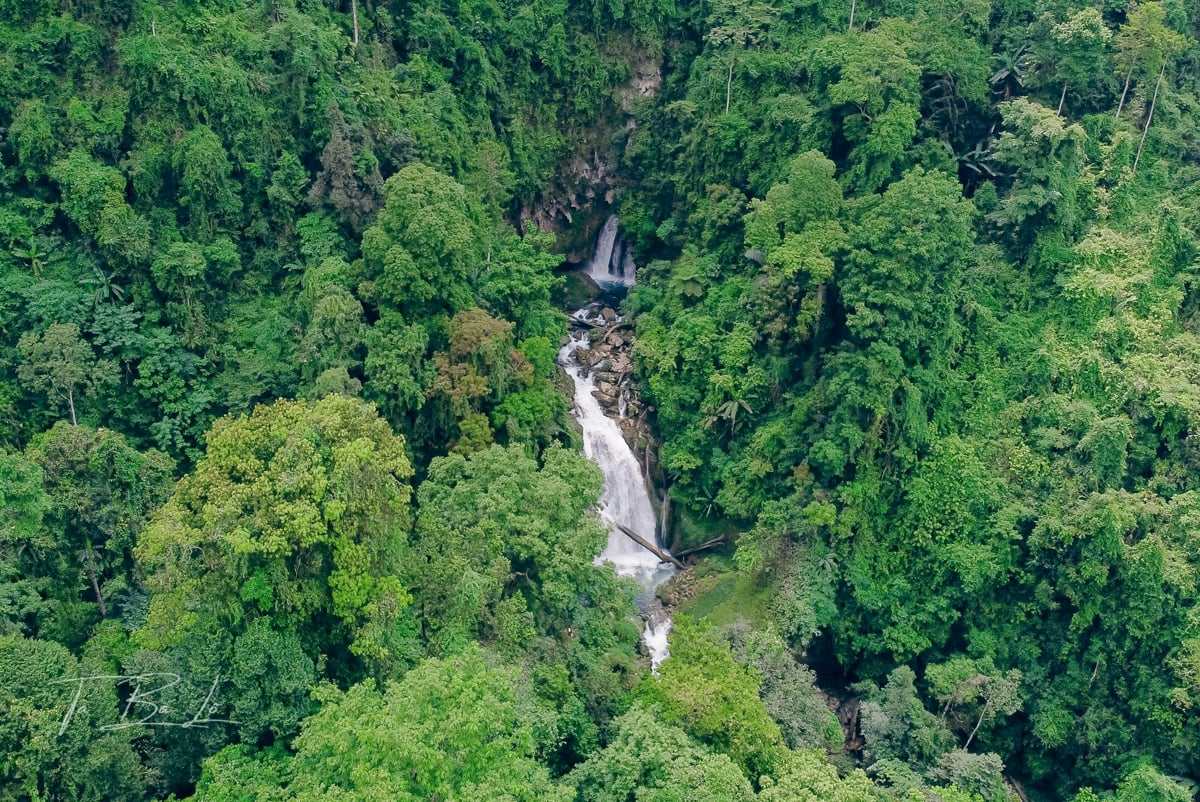 |
| Natural forests in Ha Giang . |
Developing forest carbon credit projects is a great opportunity for forest management and protection units in Vietnam, especially in the current context when the demand for this type of credit is very large in the carbon market. In addition, the price of forest carbon credits is often higher than other types of credits. According to 2019 data, the average price of a REDD+ credit is 3.79 USD/credit and for new afforestation and vegetation regeneration projects is 7.89 USD/credit. In Vietnam, the North Central Region Emission Reduction Payment Agreement (ERPA) was signed on October 22, 2020 between the Ministry of Agriculture and Rural Development and the World Bank (WB). With this agreement, Vietnam will transfer the amount of emission reduction of 10.3 million tons of CO2 in the North Central region in the period of 2018-2024 to the WB with a total amount of 51.5 million USD.
In Ha Giang, the whole province has 387,357 hectares of natural forest, 90,430 hectares of planted forest, with a coverage rate of 58.9%, making it the province with the third largest forest area in the Northern Midlands and Mountains region (according to Decision No. 816/QD-BNN dated March 20, 2024 of the Ministry of Agriculture and Rural Development). Currently, Ha Giang forests are a giant carbon sink. This is a new resource contributing to forest protection and development, improving the lives of forest workers and is also an advantage for the province to attract green investment.
With these advantages, Ha Giang will have many benefits when participating in the carbon credit trading market. Specifically, in terms of economy , carbon credit trading will bring additional revenue from forest environmental services for forest protection and afforestation, increase the coverage rate, conserve and maintain forest resources; contribute to increasing the income of forest growers and forest protectors.
Regarding the environment, it will reduce greenhouse gas emissions in the province in particular and Vietnam in general, contributing to the implementation of Vietnam's commitments and the efforts of the international community related to climate change mitigation; at the same time, improve the quality of forest protection and afforestation activities in the province...
In the Provincial Planning for the period 2021 - 2030, with a vision to 2050, Ha Giang has identified the tasks for the Forestry sector as reviewing and adjusting the planning of 3 types of forests, developing forest environmental payment services and diversifying benefits from forests (special-use forest tourism, protection forests, agricultural development under forest canopy such as: Non-timber products, livestock under forest canopy); researching, building and participating in the carbon credit market...
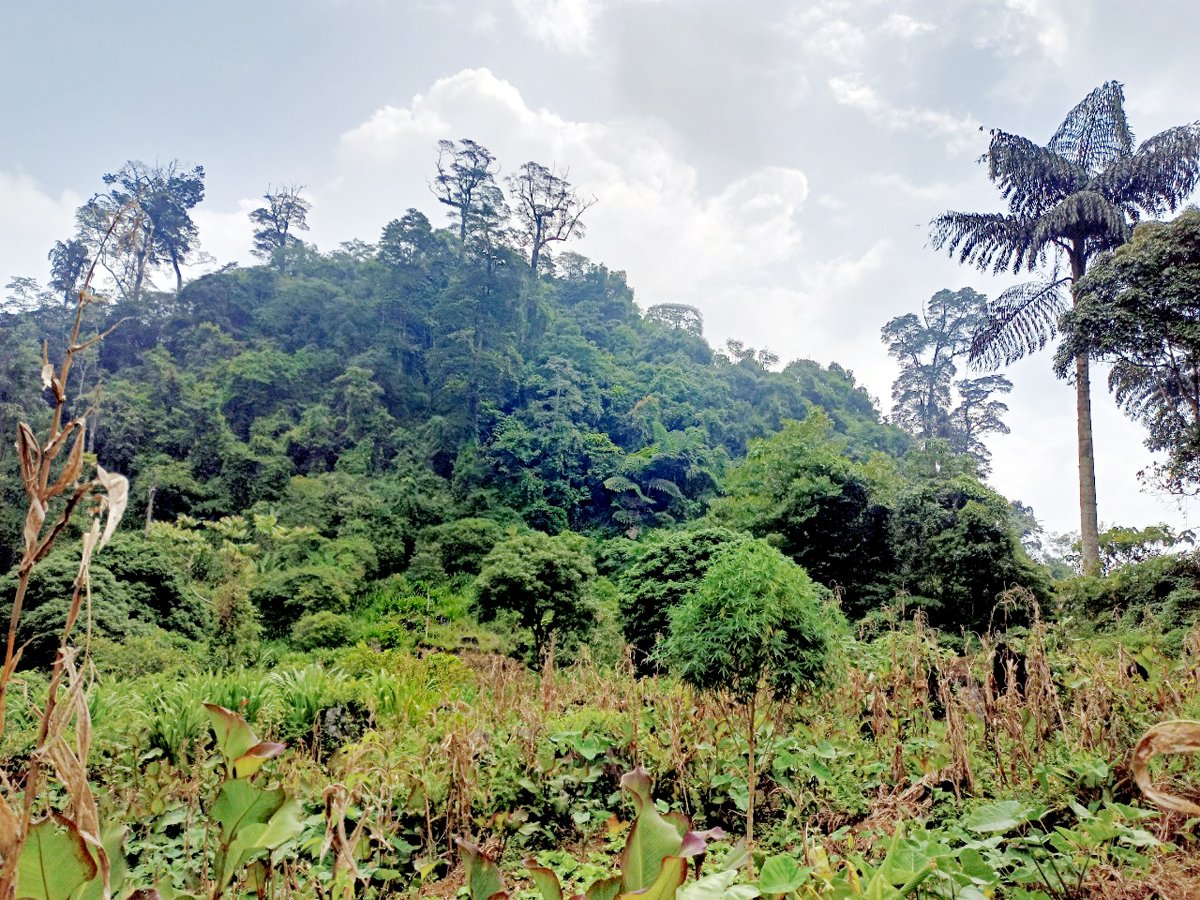 |
| Protective forest in Khau Lan village, Quyet Tien commune (Quan Ba). |
At the same time, Ha Giang Provincial Party Committee issued Resolution No. 16 - NQ/TU dated October 10, 2021 of the Provincial Party Committee on sustainable forestry development for the period 2021 - 2025, the Provincial People's Committee issued Plan No. 190/KH - UBND dated July 2, 2021 of the Provincial People's Committee on implementing the Prime Minister's 1 billion green trees project for the period 2021 - 2025 in the province; Plan No. 272 /KH-UBND dated November 16, 2021 on sustainable forestry development for the period 2021 - 2025. In which, it clearly stated that sustainable forestry development is based on potential, advantages, inheriting achievements and experiences of recent years. Strictly manage, protect, and effectively restore natural forest areas; Conserve and promote the biodiversity value of natural forest areas, serve scientific research, develop tourism, protect landscapes and ecological environment...
In addition to the province's policies and guidelines on sustainable forestry development, the system of legal documents related to CO2 emission reduction, the organization and development of the carbon credit market... has been gradually improved. In particular, the draft amendment to Decree No. 156/2018/ND-CP on the implementation of the Forestry Law has included the content on forest carbon absorption and storage services into the regulations. On February 29, 2024, the Prime Minister approved the Project on developing the multi-use value of forest ecosystems to 2030, with a vision to 2050 in Decision No. 208/QD-TTg. Accordingly, the project aims to develop forest environmental services on the basis of specifying and expanding types of forest environmental services; at the same time, effectively managing and using revenue from forest environmental services; effectively implementing forest carbon absorption and storage services; Reducing greenhouse gas emissions from limiting deforestation and forest degradation, sustainable forest management, green growth; striving to ensure revenue from forest environmental services. On January 18, 2022, the Government issued Decision 01/2022/QD-TTg stipulating the list of fields and establishments that must conduct greenhouse gas inventories, accordingly, 1,912 establishments will participate in the domestic carbon credit market.
According to the forest inventory results of the Forestry sector approved by the People's Committee of Ha Giang province in Decision No. 456/QD-UBND dated March 24, 2016 on approving the results of forest inventory, the whole province has about 90,000 hectares of natural forests with reserves (rich forests 845.0 hectares, medium forests 27,754.0 hectares, poor forests 61,314.0 hectares). These are the forest areas that can absorb the most CO2. If calculated according to the published results of measuring CO2 absorption capacity of scientists of the Vietnam Academy of Science and Technology (2018), the total absorption of the existing natural forest area reaches about 9.7 million tons of CO2 for a certain period (not including the forest area without reserves, planted forests...), with the voluntary market transfer price to offset as the North Central region has sold (5 USD/ton), Ha Giang can earn about over 1,000 billion VND. With such a large source of environmental service revenue, it will contribute significantly to forest protection and development, improving people's lives...
However, to measure, calculate, appraise and bring to market, find partners to buy the above emission reductions still face countless difficulties and challenges, such as the current lack of a legal framework and technical guidelines detailing the transfer, benefit sharing, and determination of forest carbon credit prices... There are many different carbon standards in the world, while there are no standards in the country. Investment funds are needed to build projects, monitor, appraise and issue credits. The assessment, measurement and issuance of forest carbon credits in Vietnam are entirely dependent on international organizations... According to the carbon credit market development project drafted by the Ministry of Finance, Vietnam's carbon credit trading floor will not officially operate until 2028. To prepare for participation in this market, the Government has issued documents on greenhouse gas inventories and established greenhouse gas emission quota allocation for each field, industry and facility; as a basis for forming a domestic forest carbon market. Greenhouse gas emission quotas for facilities will be granted from 2026 to 2030 at the same time as carbon credit certification, thereby forming sellers and buyers of forest carbon credits to offset carbon emissions exceeding the quota.
This is a new field, requiring high expertise and requiring a consulting unit with expertise in building profiles, finding partners, etc. Currently, Ha Giang is one of the provinces receiving and managing the Project "Building capacity to effectively participate in the high-quality forest carbon market" through the aid of CARE International in Vietnam in the province. This is also an opportunity to gradually approach the effective forest carbon market for Ha Giang province.
Nguyen Duc Binh (Provincial Forest Protection and Development Fund)
Source




![[Photo] Prime Minister Pham Minh Chinh chaired a meeting to discuss solutions to overcome the consequences of floods in the central provinces.](https://vphoto.vietnam.vn/thumb/1200x675/vietnam/resource/IMAGE/2025/10/29/1761716305524_dsc-7735-jpg.webp)
![[Photo] Flooding on the right side of the gate, entrance to Hue Citadel](https://vphoto.vietnam.vn/thumb/1200x675/vietnam/resource/IMAGE/2025/10/28/1761660788143_ndo_br_gen-h-z7165069467254-74c71c36d0cb396744b678cec80552f0-2-jpg.webp)
![[Photo] National Assembly Chairman Tran Thanh Man received a delegation of the Social Democratic Party of Germany](https://vphoto.vietnam.vn/thumb/1200x675/vietnam/resource/IMAGE/2025/10/28/1761652150406_ndo_br_cover-3345-jpg.webp)



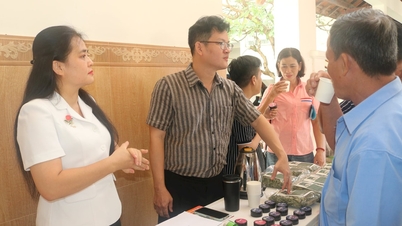





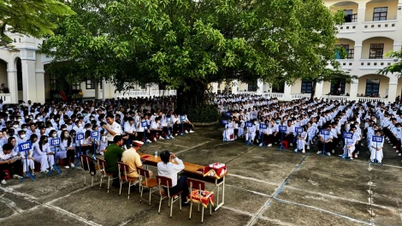

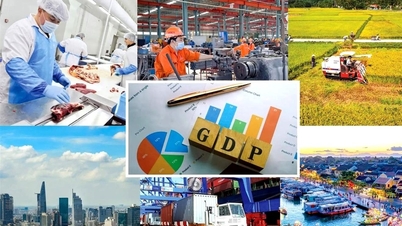

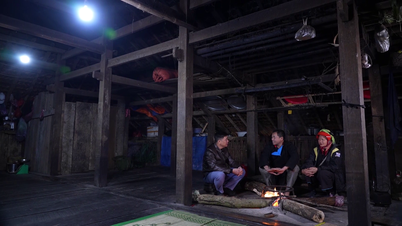



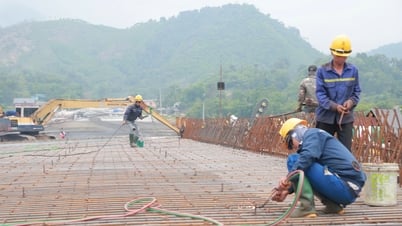

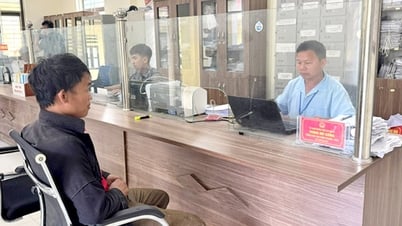









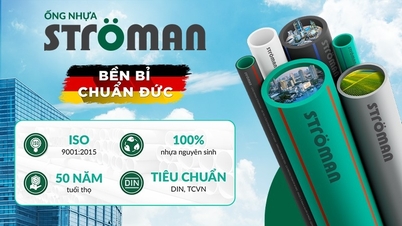
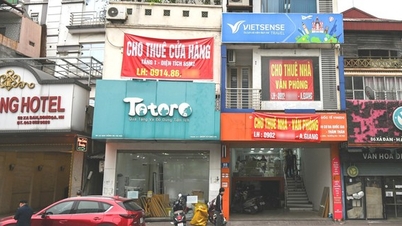
![[Photo] Draft documents of the 14th Party Congress reach people at the Commune Cultural Post Offices](https://vphoto.vietnam.vn/thumb/1200x675/vietnam/resource/IMAGE/2025/10/28/1761642182616_du-thao-tai-tinh-hung-yen-4070-5235-jpg.webp)


















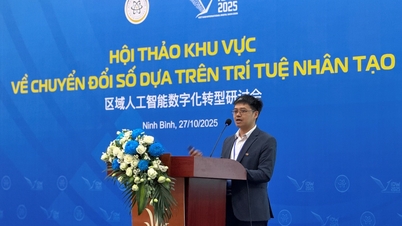

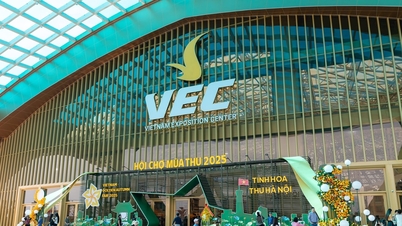








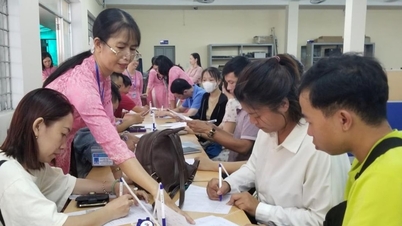
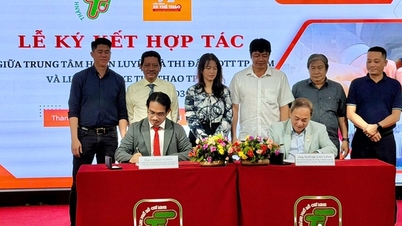

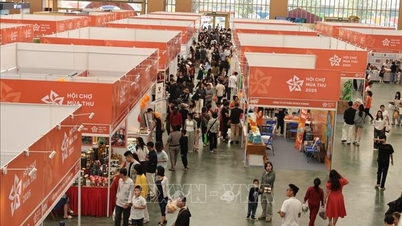
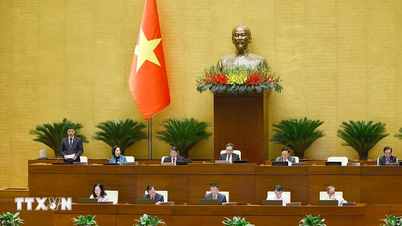

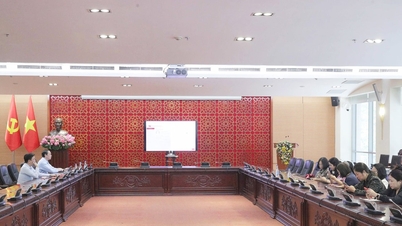


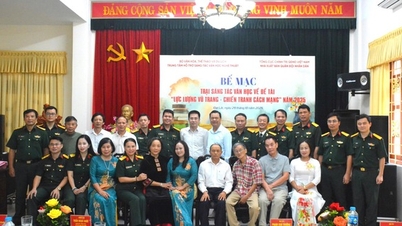


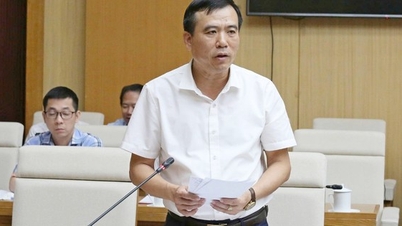

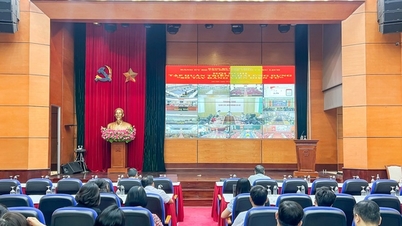
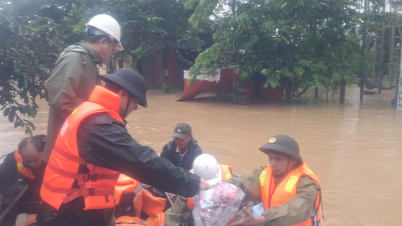



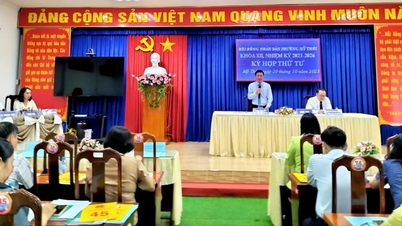
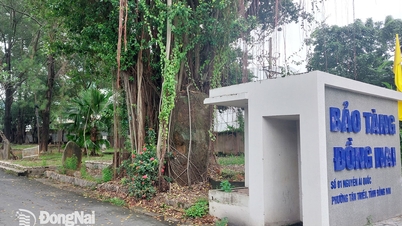

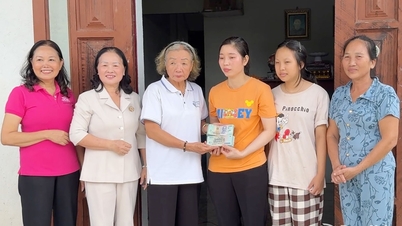
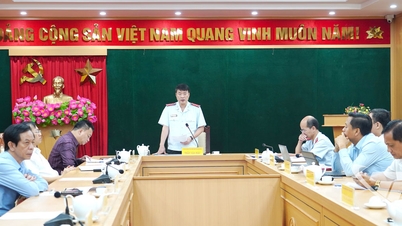













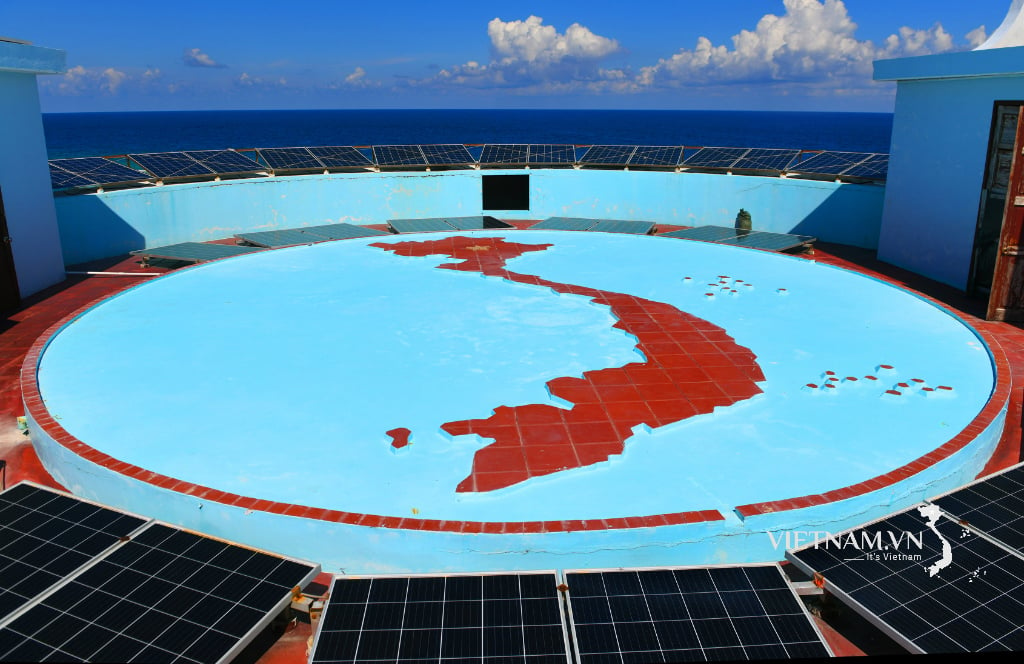
Comment (0)